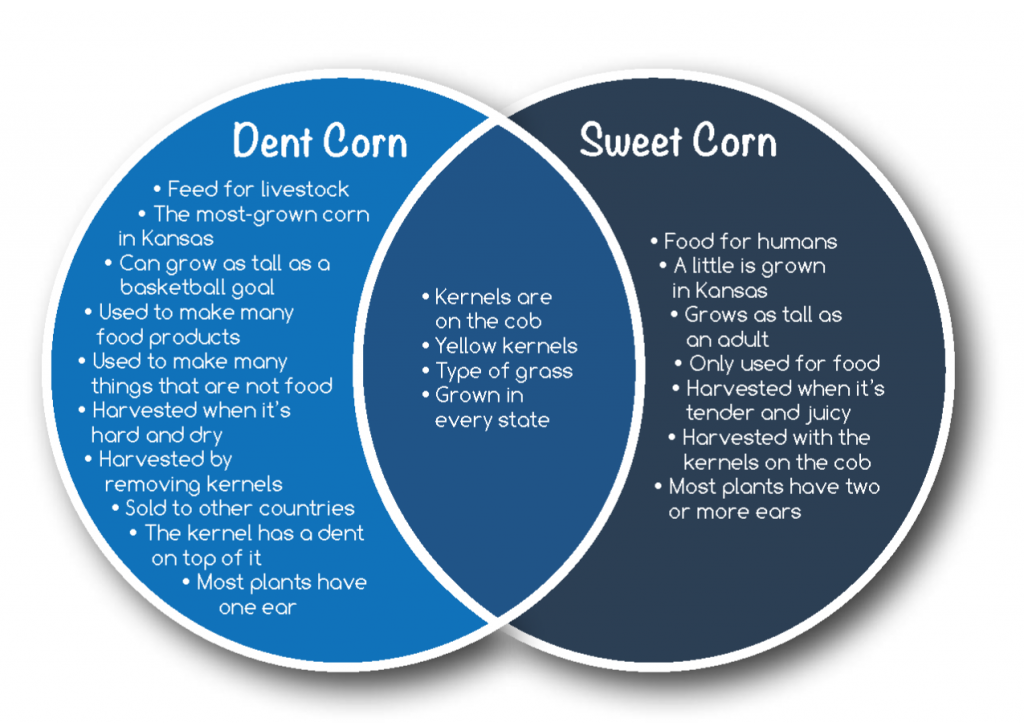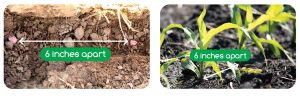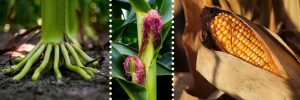We Grow Corn! Book
Activity Guide
Grade Levels: Kindergarten,1st Grade,2nd Grade,3rd Grade,4th Grade,5th Grade,Middle School,High School
“We Grow Corn! Raising Corn on a Kansas Family Farm” takes readers through the yearlong process of growing corn and highlights agriculture’s important role in our lives. This activity guide was created to expand learning about agriculture through activities and resources that go along with the book. Materials for the activities are easy to find in your home or classroom. Enjoy teaching children about corn!
Online Breakout Box Challenges
Done as a group, individually, at school or at home, find the clues to unlock the box! The breakout boxes were created for the 4th grade level, however younger children can also enjoy them with some guidance.
We Grow Corn Activities
This lesson is the work product of the Kansas Corn Commission. Our lessons are written in collaboration with Kansas teachers for use in the classroom. Teachers may copy and share this curriculum. Use of this product for commercial or promotional use is prohibited without express permission of Kansas Corn.
Newsletter Sign Up
Each quarter we release a newsletter written by teachers for teachers. This is an easy way to keep up with what is happening at Kansas Corn STEM.
SUBSCRIBE TODAY!


